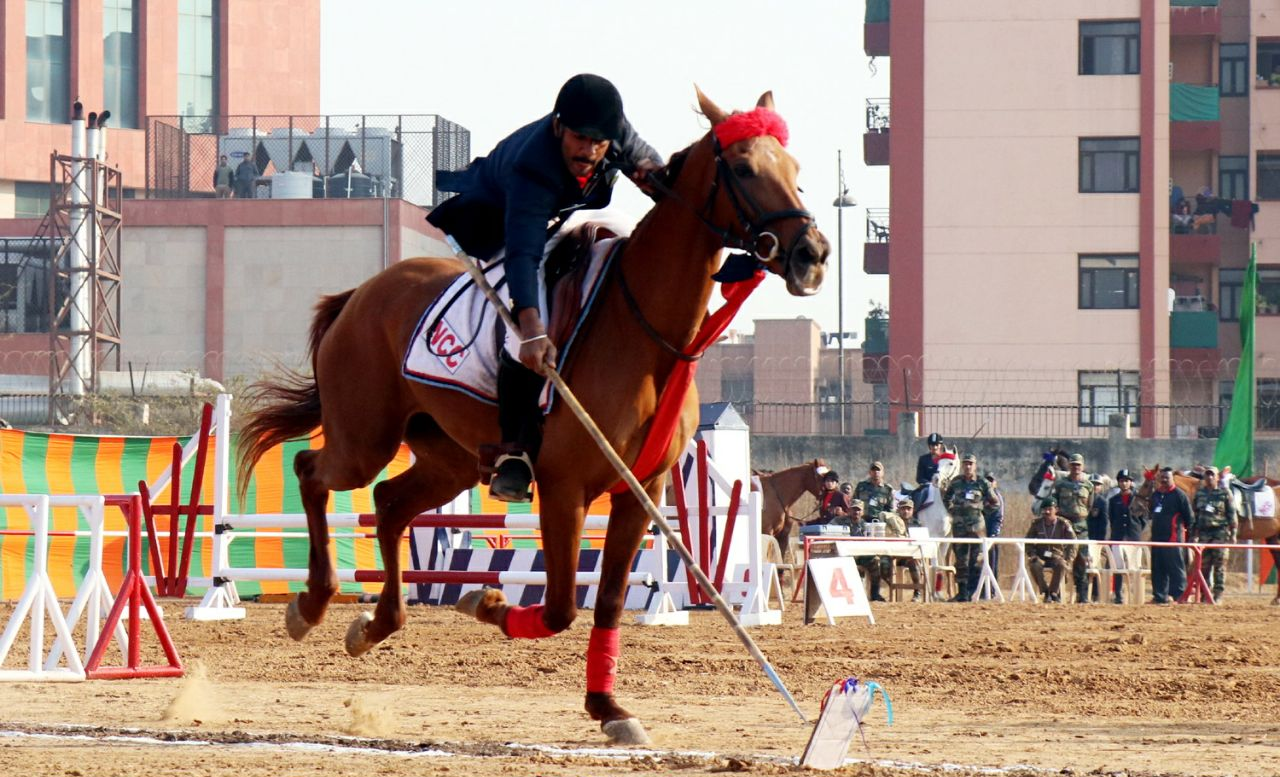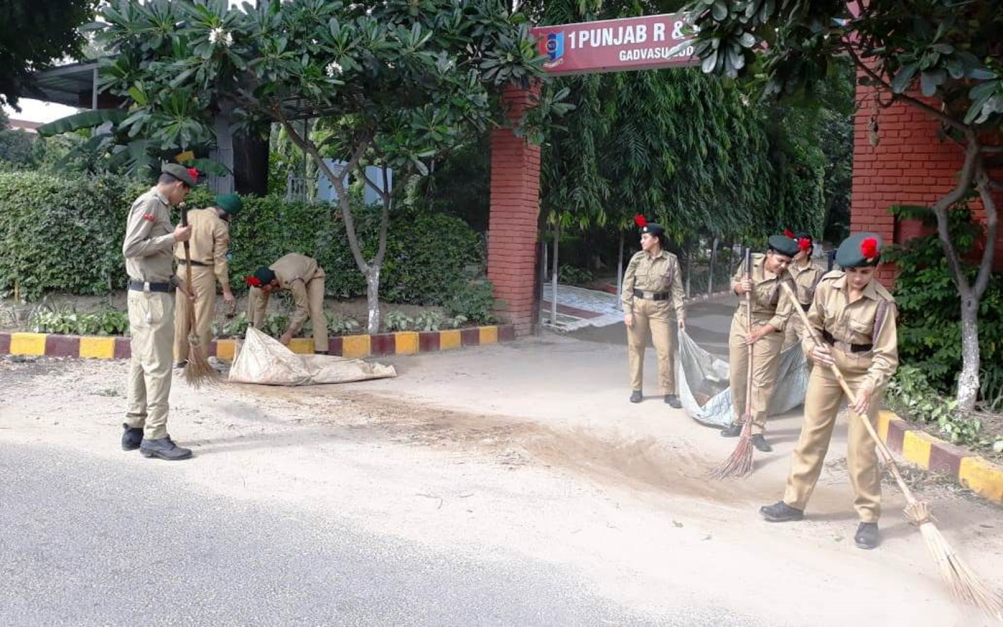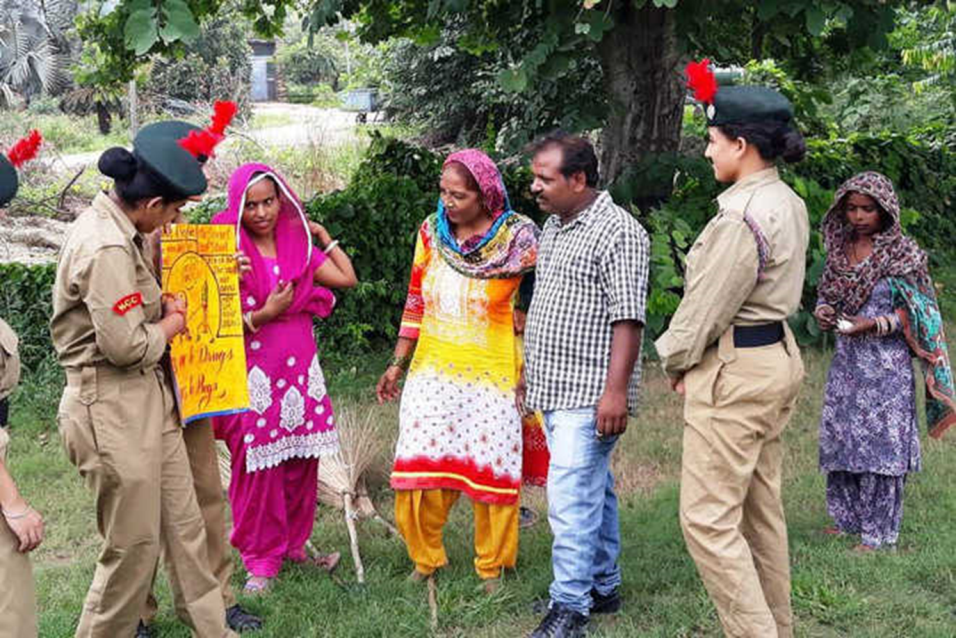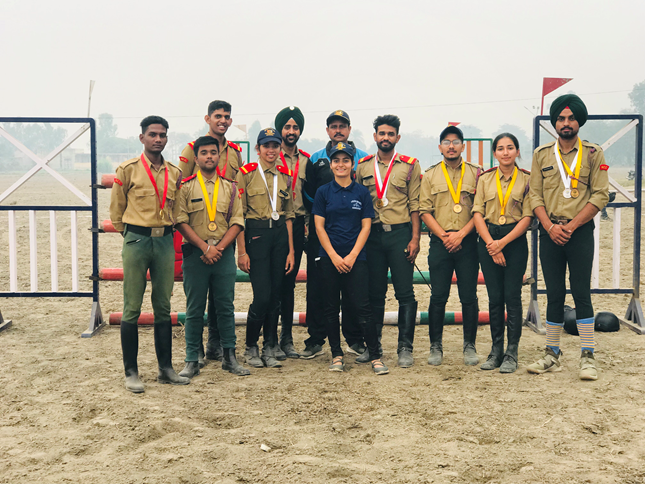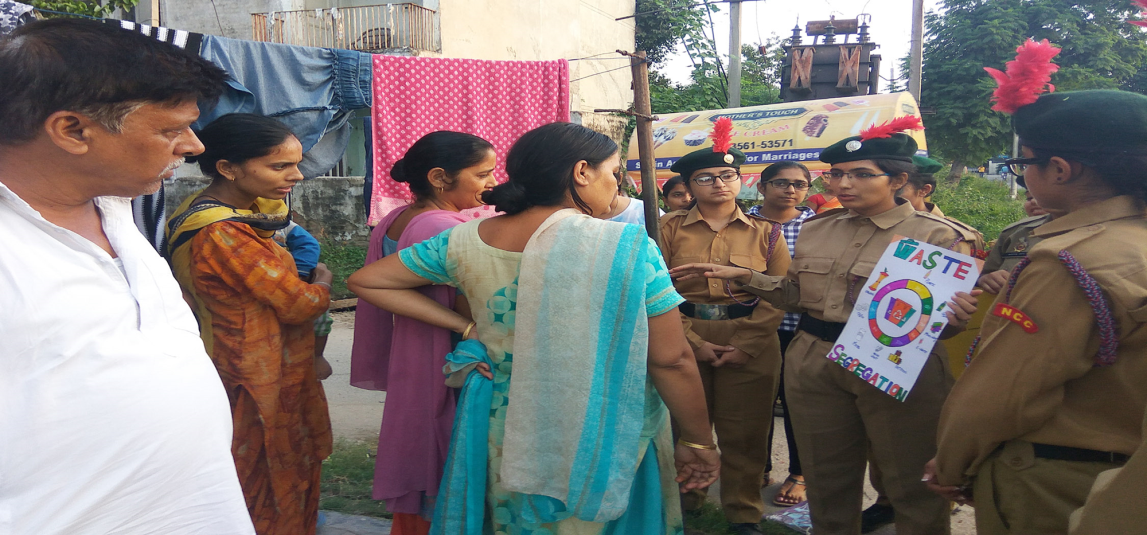College of Veterinary Science, Ludhiana
Know About the College
The College of Veterinary Science is a daughter institution of Veterinary School established in 1862 at Poona with one year course which was later upgraded as the first Veterinary College at Lahore in 1882. A part of the Lahore Veterinary College was shifted to Hisar in 1948 after partition. The College of Veterinary Science, Ludhiana was established in November 1969 on re-organization of the Punjab State and the formation of separate Haryana state at main campus of Punjab Agricultural University. The College was shifted to the Guru Angad Dev Veterinary and Animal Sciences University (GADVASU) Ludhiana in 2005. The College is a centre of regional, national and international excellence in research and learning in animal health and production. It caters to the needs of Punjab by carrying out teaching, research and extension education programmes pertaining to livestock production and health problems and has been instrumental in ushering in an era of ‘White Revolution’ in the State.
The college has highly competent and experienced faculty members who have made significant contributions in research on animal health and production and won various national and international awards. The college has implemented minimum Standards of Veterinary Education Degree Course (B.V.Sc. & A.H.) Regulations, 1993 of Veterinary Council of India and accordingly, external examination system has been introduced for B.V.Sc. & A.H. 5-year programme from the batch admitted in 1998 and onwards. The college is recognized by the Veterinary Council of India and has obtained accreditation from the Indian Council of Agricultural Research in the year 2004.
Initially, the College was established with the following six departments:
- Veterinary Anatomy & Histology (1969)
- Veterinary Bacteriology, Hygiene and Parasitology (1969)
- Veterinary Bacteriology & Virology (1969)
- Veterinary Pathology (1969)
- Veterinary Physiology (1969)
- Veterinary Pharmacology & Medicine
- Veterinary Pharmacology & Toxicology (1969)
- Veterinary Surgery & Gynaecology
- Veterinary Surgery & Radiology (1969)
New departments were started in the coming years, raising the number to twelve:
- Veterinary Clinics & Continuing Education (1988)
- Veterinary Gynaecology & Obstetrics (1976)
- Veterinary Immunology (1988)
- Veterinary Medicine (1975)
- Veterinary Parasitology (1975)
- Veterinary Public Health & Epidemiology (1988)
On implementation of VCI regolation as notified in extraordinary Gazette of India Part II, Section (3), sub-section (1) notification No.57 dated 7.2.94 from Academic session 1994-95 and onwards the number of departments was raised to 18 as detailed below:
- Department of Animal Breeding and Genetics
- Department of Animal Nutrition
- Department of Animal Reproduction, Gynaecology & Obstetrics
- Department of Livestock Production and Management
- Department of Vety. Anatomy and Histology
- Department of Vety. and Animal Husbandry Extension
- Department of Vety. Biochemistry
- Department of Vety. Clinical Medicine, Ethics and Jurisprudence
- Department of Vety. Clinical Services Complex
- Department of Epidemiology and Preventive Vety. Medicine
- Department of Vety. Microbiology
- Department of Vety. Parasitology
- Department of Vety. Pathology
- Department of Vety. Pharmacology and Toxicology
- Department of Vety. Physiology
- Department of Vety. Public Health
- Department of Vety. Surgery and Radiology
- Department of Livestock Product Technology
From academic session 2009-10 the university has implemented Veterinary Council of India- Minimum Standards of Veterinary Education for B.V.Sc. & A.H. Regolations, 2008 and the following departments were reorganized/ established:
- Veterinary Anatomy
- Veterinary Physiology and Biochemistry
- Veterinary Pharmacology and Toxicology
- Veterinary Parasitology
- Veterinary Microbiology
- Veterinary Pathology
- Veterinary Public Health and Epidemiology
- Animal Nutrition
- Animal Genetics and Breeding
- Livestock Production Management
- Livestock Products Technology
- Veterinary Gynaecology & Obstetrics
- Veterinary Surgery and Radiology
- Veterinary Medicine
- Veterinary and Animal Husbandry Extension Education
- Teaching Veterinary Clinical Complex
- Instructional Livestock Farm Complex
From academic session 2016-17 the university has implemented Veterinary Council of India- Minimum Standards of Veterinary Education - (Bachelor of Veterinary Science and Animal Husbandry - Degree Course) Regulations, 2016.
All these departments of the college have excellent laboratory facilities and adequate infrastructure for undergraduate and postgraduate teaching and research, a well-equipped veterinary teaching hospital to cater to the demands of large and small animal health care. In addition, the college also has an elite dairy herd and poultry farm which provide adequate facilities for teaching and research. This is the only veterinary college in India having three ICAR Centres of Advanced Studies in the Department of Veterinary Surgery & Radiology and Department of Veterinary Gynaecology and Obstetrics. The Department of Teaching Veterinary Clinical Complex and the Department of Livestock Production Management has experiential learning projects.
College of Veterinary Science offers (from 2016-17) the following programme of study:
- B.V.Sc. & A.H. Five and half year programme
The programme leading to the award of the B.V.Sc. & A.H. degree is designed to equip graduates with the knowledge and skills essential to a veterinary career. The programme is divided into three phases. The pre-clinical phase, undertaken in years one and two, provides education in basic sciences such as anatomy, physiology and biochemistry, as well as in animal husbandry through intramural learning. The para-clinical phase, undertaken in years three and four, includes bridging subjects between the pre-clinical and clinical phases, such as Pathology, Microbiology, Parasitology, Pharmacology and basic clinical science. The clinical phase (Surgery, Medicine and Gynaecology) starts in year four and culminates in the fifth and final year. At the end of course work the students undergo a compulsory rotating internship programme of envisaging on the job training in animal production, technology, diagnostic laboratories and hospital practice. The various departments of the College, aided by teaching veterinary hospital ensure both currency and relevance in basic and applied biological sciences through clinical practice.
Recent graduates have shown considerable satisfaction with the programme of study, as it prepared them for professional life and have developed confidence in their skills for clinical investigation and lifelong learning, in the context of general practice.
The successful completion of B.V.Sc.& A.H. programme entitles the graduates for registration with the Punjab State Veterinary Council / Veterinary Council of India as registered veterinary practitioners.
Mandate
- To help the society by providing adequate supply of trained Veterinary professionals capable of handling livestock health and production aspects including Master’s and Doctorate level specialists according to the needs of the State Government and allied agencies.
- To undertake research work in selected areas and wherever applicable following multi-disciplinary approach.
- To provide opportunities for continuing education for professionals in Veterinary Science.
- To provide consultancy and specialist services to livestock owners, government, semi-government and allied agencies
- To run “Referral” hospitals for specialized treatment of the referred livestock patients and also to provide clinical training to the students.
- To foster faculty development by providing them with opportunities to participate in appropriate training programmes, conferences, workshops, seminars, symposia etc. and avail other opportunities in exchange programmes.
- To encourage cooperation and collaboration with other departments, Colleges, Universities and Industries both nationally and international
Goals
- To produce Veterinary graduates, scientists and extension workers for promoting better livestock health by prevention of disease, increasing production and reproduction of livestock, thus improving the quality of rural life in Punjab.
Dean, College of Veterinary Science

Dr. Swaran Singh Randhawa
Address: Dean, College of Veterinary Science, Guru Angad Dev Veterinary and Animal Sciences University, Ludhiana
Email: deancovsldh@gadvasu.in
Call: +91-161-2414020
Brief Introduction :
Dr. Swaran Singh Randhawa, has joined as Dean, College of Veterinary Science, Guru Angad Dev Veterinary and Animal Sciences University, Ludhiana. Dr. Swaran Singh Randhawa is a devoted and industrious clinician,teacher as well as a researcher. He has an excellent scientific career,evidenced by his quality research and clinical papers. He has published more than 70 research papers in national and international journals. He has been honored with University Best Teacher Award for the year 2017-18. He did a pioneer work on ‘Bovine lameness’. For the first time in India, He evaluated sole thickness using ultrasonography in crossbred dairy cattle, which can be used as a selection criterion for breeding programs. He developed Hindi version of “Claw Health Atlas” for International Committee for Animal Recording (ICAR). He also standardized ‘Fast localized abdominal ultrasonography of horses’ (FLASH) for diagnosis in equine colic patients. Recently, he standardized transtracheal wash (TTW) and bronchoalveolar lavage (BAL) techniques for diagnosis in respiratory problems in equines. He also established endoscopy for diagnosis of upper respiratory tract (URT) diseases of equines at the university hospital. His research has been acclaimed nationally and internationally (Finland and New Zealand) with more than 70 presentations in conferences. Presently, He is part of DBT Canine Research Centre and working on the project ‘Elucidating the etiology of chronic gastro-enteropathies in dogs’. He guided 10 postgraduate students. He is currently supervising 2 M.V.Sc and 2 Ph.D student. Presently, he is Editor of Indian Journal of Veterinary Medicine and member of the National Academy of Veterinary Sciences (India).
Former Dean
| Sr. No. | Name | Duration on the post | Date of Retirement | Photograph |
|---|---|---|---|---|
| 1. | Dr. Ajit Singh | 21.05.1970 to 21.12.1973 | 30.11.1971 | 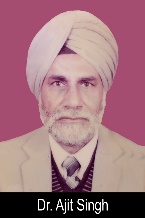 |
| 2. | Dr. Bakhsish Singh Gill | 21.09.1974 to 19.06.1983 | 30.09.1985 |  |
| 3. | Dr.Balbir Singh Paul | 20.06.1983 to 11.03.1985 | 31.08.1985 |  |
| 4. | Dr.Balwant Singh | 12.03.1985 to 15.11.1993 | 31.01.1999 | 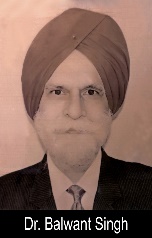 |
| 5. | Dr.Sohan Singh Rathore | 16.11.1993 to 31.12.1993 | 31.12.1993 | 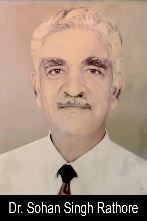 |
| 6. | Dr.Khusdev Kumar Baxi | 01.01.1994 to 31.12.1997 | 30.04.1998 | 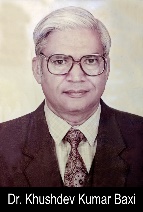 |
| 7. | Dr. Rajya Pal Saigal | 06.01.1998 to 17.01.1999 | 31.05.2003 | 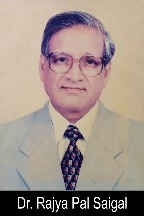 |
| 8. | Dr. Jugraj Singh Dhillon | 18.01.1999 to 30.06.2000 | 30.06.2000 | 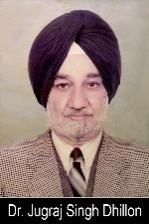 |
| 9. | Dr.Rajya Pal Singh | 01.07.2000 to 31.05.2003 | 31.05.2003 | 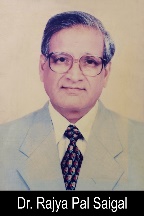 |
| 10. | Dr. Mohinder Singh Oberoi | 20.06.2003 to 17.07.2005 | 31.08.2006 |  |
| 11. | Dr. Dev Raj Sharma |
18.07.2005 to 30.01.2006 24.04.2006 to 30.04.2006 |
30.04.2006 | 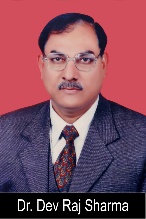 |
| 12. | Dr. Onkar Singh Parmar | 31.01.2006 to 23.04.2006 | 31.05.2008 | 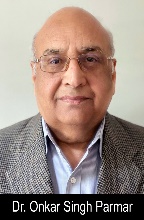 |
| 13. | Dr. Kirpa Shankar Roy | 01.05.2006 to 27.12.2006 | 31.12.2006 |  |
| 14. | Dr. Simrat Sagar Singh | 28.12.2006 to 10.05.2011 | 31.03.2018 | 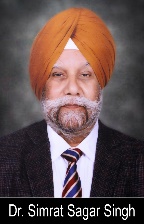 |
| 15. | Dr. Harpal Singh Sandhu | 11.05.2011 to 11.05.2016 | 30.11.2019 | 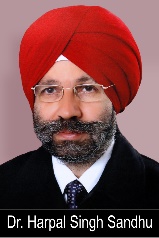 |
| 16. | Dr. Simrat Sagar Singh | 12.05.2016 to 27.09.2016 | 31.03.2018 | 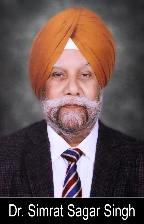 |
| 17. | Dr. Parkash Singh Brar | 27.09.2016 to 22.09.2020 | 31.01.2026 |  |
Facilities
- Main Veterinary College Building Complex
- Silver Jubilee Block
- Clinical diagnostic laboratory
- Semen process and Embryo transfer technology laboratory
- Animal Science Complex
- G S Sidhu Animal Nutrition Centre
- Small and Large animal Hospital/Clinic
- Six Lecture Halls with LCD facility
- UG/PG Laboratories
- Examination Hall –seating capacity of 200
- Computer Centre
- Auditorium
- R&V NCC Sqn.
- Experimental and Instructional Herds
- Post Mortem Hall
- Livestock Farms
- Poultry Farm
- Hostels for boys and girls


It was in the year 1984, 1 Punjab R & V Squadron NCC was made operational in the campus. The unit has its own riding school comprising of riding arena and facilities for equestrian activities like show jumping, Tent Pegging, Dressage etc. The Unit is commanded by a Regular Army Officer of the rank of Lt. Col and Above of Remount and Veterinary Corps (RVC) and Five other regular army personnel as supporting staff. These regular army personnel get posted out every two years and are replaced by new ones. As per Veterinary Council of India, Remount and Veterinary Corps NCC programme is compulsory for all undergraduate students of College of Veterinary Science. The students (except NRI/OCI/Foreign Nationals) admitted to B.V.Sc. & A.H. programme at College of Veterinary Science, Ludhiana have to register for compulsory R & V Sqn. NCC course each of 0+1 non-credit for the first three years (NCC I, II & III). They have to clear all the three NCC courses and attend at least one Annual Training Camp to complete their degree requirements. Every year three students who get trained in horse riding participate in Republic Day Camp (RDC) at New Delhi where they compete with the riders of 17 different directorates from all over India in different equestrian sports. The riders from the unit have won many laurels at RDC like Best Rider trophy, Best Tent Pegger, Sharma Trophy and various medals. Apart from RDC, the cadets are also made to compete in various horse shows which are conducted by National and State Equine Federations.
MOTTO OF NCC
- Unity and Discipline
AIMS OF NCC
- To Create a Human Resource of Organized, Trained and Motivated Youth, To Provide Leadership in all Walks of life and be Always Available for the Service of the Nation.
- To Provide a Suitable Environment to Motivate the Youth to Take Up a Career in the Armed Forces.
- To Develop Character, Comradeship, Discipline, Leadership, Secular Outlook, Spirit of Adventure, and Ideals of Selfless Service amongst the Youth of the Country.
CORE VALUES OF NCC
- A sense of patriotic commitment to encourage cadets to contribute to national development.
- Respect for diversities in religion, language, culture, ethnicity, life style and habitat to in still a sense of National unity and social cohesion.
- Abiding commitment to learn and adhere to the norms and values enshrined in the Indian Constitution.
- Understanding the value of a just and impartial exercise of authority.
- Ability to participate in community development and other social programme.
- A healthy life style free of substance abuse and other unhealthy practices.
- Sensitivity to the needs of poor and socially disadvantaged fellow citizens.
- Inculcating habits of restraint and self-awareness.
- Understanding the values of honesty, truthfulness, self-sacrifice, perseverance and hard work.
- Respect for knowledge, wisdom and the power of ideas.
Two Teachers from College of Veterinary Science are nominated as Associate NCC Officers (ANO). They undergo full Basic Military Training at RVC centre and College, Meerut.
| Sr. No. | Name & Designation | Department | Phone & Email |
|---|---|---|---|
| 1. | Capt. (Dr.) Nittin Dev Singh, ANO and Associate Professor |
Department of Veterinary Pathology, COVS, GADVASU, Ludhiana NCC Commission no.: NCC/12110181 |
9780852132 drndsingh@gmail.com |
| 2. | Capt. (Dr.) Prem Prakash Dubey, ANO and Scientist |
Department of Animal Genetics and Breeding & Directorate of Livestock Farms, COVS, GADVASU, Ludhiana. NCC Commission no.: NCC/12110303 |
9888802905 prakashagb@gmail.com |
ACTIVITIES OF CADETS OF 1 PB R &V SQUADRON NCC LUDHIANA
|
Cadet of 1 Pb R & V SQN NCC in action at Republic Day Camp |
Swachh Bharat Abhiyan |
Cadets doing awareness campaigns for general public regarding cleanliness |
|
Show Jumping |
Team of Riders with Medals at State Horse Show |
Swachh Bharat Abhiyan:Cleaning Public Places |
|
Educating public regarding waste management |
Best Marching Contingent at Athletic Meet of GADVASU |
Trick Jumping during Athletic Meet of GADVASU |
|
Pilot Cadets withADG NCC in the Unit Premises |
Cadets Escorting the Chief Guest for Athletic Meet |
Tree Plantation Drive |
Faculty Detail

Dr. Mrigank Honparkhe
Designation : Principal Scientist cum Head
Contact Address : Department of Veterinary Gynaecology and Obstetrics, College of Veterinary Science, Guru Angad Dev Veterinary & Animal Sciences University, Ludhiana, Punjab 141004
Telephone : 0161-2414003
Mobile : +91 9417019974
Email : mhonparkhe@gmail.com, honparkhem@rediffmail.com
Academic Credentials
- BVSc & AH: College of Veterinary Science, LUVAS, Hisar
- MVSc (Veterinary Gynaecology and Obstetrics): ICAR-Indian Veterinary Research Institute, Bareilly
Area of research
- Use of nanomaterials for development of novel therapeutic regimens for therapeutics of retained fetal membranes and uterine infections in dairy animals.
- Use of nanomaterials for improving semen quality as well as for nano-purificatioon.
- Alternatives to Antimicrobials for therapeutic management of uterine infections in farm animals.
- Implications of short-term Estrus synchronization protocols for alleviating reproductive efficiency.
Ongoing projects
|
S.
No. |
PI/Co-PI |
Title
of Project |
Funding
agency |
Period |
|
1. |
PI |
Semen Cryopreservation in Pet Dogs
(Phase-1) |
DBT |
March
2018-Sept 2023 |
|
2. |
PI |
Toward climate resilient livestock
production system |
Ministry of Environment, Forests and climate Change,
GOI National Adaption Fund on climate Change (NAFCC) |
2016-2023 |
|
3. |
PI |
Uterine immunomodulation: a swap
of anti-biotherapy in endometritic cattle |
UGC |
2012-15 |
|
4. |
PI |
Increasing productive longevity of
crossbred cattle by ameliorating repeat breeding syndrome through an
ultrasound aided ovarian cyst ablation approach and melatonin implants |
RKVY |
2013-15 |
|
5.
|
Co-PI |
Nutritional and Physiological
Approaches for Enhancing Reproductive Performance in Cattle and Buffalo |
ICAR |
2014-till
date |
|
6. |
Co-PI |
Optimization of biofreezing protocol for buck semen
vis-a-vis artificial insemination in Beetal goats |
RKVY |
2019-till date |
|
7. |
Co-PI |
Reproduction
interventions to curtail the infertility problems in the livestock reared by
the farmers of Punjab |
RKVY |
2019-2020 |
|
8. |
Co-PI |
Fund for
Improvement of S&T Infrastructure in Universities and Higher Educational
Institutions (FIST) |
DST |
Dec 2010-2015 |
|
9. |
Co-PI |
Development of an
economical and efficient fixed-time AI protocol for buffaloes reared in
tropical areas |
RKVY |
Jan 2011-2014 |
|
10. |
Co-PI |
Confirmation of lactation performance & animal
safety of dairy animals of the Bos. Sp. & Bubalus sp. treated with
recombinant bovine somatotropin |
AHC/Eli Lilly Company ELANCO |
Jan 2011-2016
|
|
11. |
Co-PI |
Increasing reproductive efficiency of
buffaloes through application of improved breeding protocols |
RKVY |
Jan 2014-2014 |
|
12. |
Co-PI |
Identification of high fertility
crossbred and buffalo bulls at an early age using metabolomic approach |
RKVY |
Jan
2014-2016 |
|
13. |
Co-PI |
Development of suitable extender
in boar vis-à-vis to augment reproduction in gilts/sows using artificial
breeding technique |
RKVY |
2022-2023 |
|
14. |
Co-PI |
Melatonin: A Potential Candidate for Alleviating Seasonal Suppression of Fertility in Buffaloes |
DBT |
2012-14 |
|
15. |
PI |
Alternatives to Antimicrobials for
therapeutic management of uterine infections in farm animals. |
Departmental
Project |
Since
2021 till date |
|
16. |
Co-PI |
Comparative
efficacy of various therapeutic protocols for treatment of canine pyometra |
Departmental
Project |
Since
2023 till date |
|
17. |
Associated
Scientist |
AICRP
on Integrated
farming system |
ICAR |
2021-till
date |
|
18. |
Associated
Scientist |
All
India network
programme on Organic farming
on Integrated farming system |
ICAR |
2021-till
date |
Research honours awards
- International
- Awarded Canadian Commonwealth Scholarship- -2010 sponsored by Canadian Bureau of International Education (CBIE) for conduct of research work at Department of Veterinary Biomedical Sciences, University of Saskatchewan, Saskatoon for a period of six months (April 2010- September 2010).
- International travel support award (ITS) by SERB, DST, New Delhi, to attend12th World Buffalo Congress 2019 held at Turkey, Istanbul from 18-20 Sept 2019.
- International training award by IDP, NAHEP, ICAR for three months training at University of Saskatchewan, Department of Veterinary Biomedical Sciences, Saskatoon, Canada, 28.09.22 to 27.12.22
- National
- Best Young Scientist Award ISSAR (2002) during XVIII Annual convention of ISSAR held at IVRI Izatnagar from 14-16 Nov 2002
- Best Young Scientist Award ISSAR (2008) for best poster presentation by ISSAR during XXIV Annual
- convention held at Bengalore from 11-13 Dec 2008.
- Best Oral Presentation’, for paper on Fertility response with four estrus synchronization regimens in prepubertal buffalo heifers- As a co-author International Symposium and XXVI Annual Convention of ISSAR, Pantnagar, Uttarakhand held from Nov 10-12, 2010.
- Best Poster Presentation, for paper on A CIDR-based AI protocol establishes pregnancy in repeatbreeder dairy cattle. International Symposium and XXVI Annual Convention of ISSAR, Pantnagar, Uttarakhand held from Nov 10-12, 2010.
- Nils Lagerlof Memorial Award-2010, in recognition of meritorious contribution to research in Animal Reproduction-Best paper on reproduction in an international journal. during ‘XXVII Annual Convention of ISSAR and National Symposium, Central Agricultural University, Aizawl, Mizoram from September 27-29, 2011
- Dr N C Sharma Memorial Award-2011, for meritorious contribution to research in Animal Reproduction Best paper on reproduction in Indian Journal of Animal Reproduction during XXVII Annual Convention of ISSAR and National Symposium, Central Agricultural University, Aizawl, Mizoram from September 27-29, 2011.
- Adjudged as outstanding participants during ICAR sponsored winter school on Advances in Reproductive Technologies to augment fertility in farm animals held at Division of Animal Reproduction, IVRI Izatnagar from 1-21 Nov 2011.
- First prize for poster presentation (2012)- International Conference on Sustainable Agriculture for Food and Livelihood Security, PAU, Ludhiana.
- Best poster presentation Award- 2015 for research paper on “Nuclear Magnetic Resonance Analysis for Identification of Metabolites in Cystic and Normal Preovulatory Follicular Fluid in dairy cattle” by Singh M, Honparkhe M., et al
- Nils Lagerlof Memorial Award-2015, in recognition of meritorious contribution to research in Animal Reproduction-Best paper on reproduction in an international journal during XXXI Annual Convention of ISSAR and National Symposium on “Current Challenges and Opportunities in Animal Reproduction” at Veterinary college, Hebbal, Bengaluru from 3-5 December, 2015
- Radiation safety officer of university and qualified eligibility test conducted by BARC, Mumbai from Jan 22-30,2018.
- Nodal Officer for project monitoring and evaluation (PME) for Institutional development plan (IDP) under National Agriculture Higher Education Project (NAHEP) 2019-till date.
- Certificate of appreciation (2022) by ISSAR (Maharashtra chapter) and INTAS Animal Health for being a resource person in e-reprosound workshop held from 8-10 August 2020.
- Best poster award in National symposium of Indian society for buffalo development, Dec 10-11, 2021 held at GADVASU, Ludhiana.
- NAVS membership Award by National Academy of Veterinary Science during XX Annual convocation cum scientific convention of NAVS (I) on Restructuring Veterinary education, research and extension of enhancing livestock and poultry production to boost the GDP at MAFSU, Nagpur from 20-21, June 2022
No of publications
| Research: 182 | Extension: 52 | Books: 03 | Manuals: 06 |
|---|
Publication
- Ahuja, A., Honparkhe, M., Kumar, A., Bisla, A. and Sood, P., (2024). Additional intracervical prostaglandin reduces induction to calving time in buffaloes affected with incomplete cervical dilatation post-uterine detorsion. Tropical Animal Health and Production, 56(1), p.16.
- Bisla, A., Honparkhe, M., & Srivastava, N. (2022). A review on applications and toxicities of metallic nanoparticles in mammalian semen biology. Andrologia, e14589.
- Gulia N., Honparkhe M., Bisla A., Singh A.K., and Singh P. Intrauterine proteolytic enzymes therapy hastens expulsion of fetal membranes in dystocia affected buffaloes. Iranian Journal of Veterinary Research (2022). 23 (02): 163-168.
- Singh P, Shrama D, Singhal S, Kumar A, Singh A K and Honparkhe M. 2022. Sodium dodecyl sulphate, N-octyl ?-D glucopyranoside and 4-methoxy phenyl ?-D glucopyranoside effect on post-thaw sperm motion and viability traits of Murrah buffalo (Bubalus bubalis) bulls. Cryobiology 107: 1-12.
- Pandey A K, Ghuman S P S, Dhaliwal G S, Honparkhe M, Phogat J B, Kumar S. 2018. Effects of preovulatory follicle size on estradiol concentrations, corpus luteum diameter, progesterone concentrations and subsequent pregnancy rate in buffalo cows (Bubalus bubalis)Theriogenology107: 57- 62.
- Singh AK, Kumar A, Honparkhe M, Kaur S, Kaur H, Ghuman SPS and Brar P S. 2018. Comparison of in vitro and in vivo fertilizing potential of buffalo bull semen frozen in egg yolk-,soya bean lecithin-and liposome-based extenders. Reproduction in Domestic Animals 53:195–202
- Honparkhe M, Gandotra V K, Matharoo J S, Ghuman S P S, Dadarwal D, Singh Jaswant. 2014. Synchronization of follicular wave emergence following ultrasound-guided transvaginal follicle ablation or estradiol-17 ? administration in water buffalo (Bubalus bubalis). Animal Reproduction Science 146: 5–14
- Dadarwal D, Honparkhe M, Dias F C F, Alce T, Lessard C and Singh J. 2014. Effect of superstimulation protocols on nuclear maturation and distribution of lipid droplets in bovine oocytes. Reproduction Fertility and Development.27 (8)1137-46
- Honparkhe M, Singh Jagir, Dadarwal D, Dhaliwal GS and Kumar Ajeet. 2008. Estrus induction and fertility rates in response to exogenous hormonal administration in postpartum anestrus and subestrus bovines. Journal of Veterinary Medical Science 70(12): 1327-1331.
- Honparkhe M, Gandotra V K and Nanda A S. 2004. Ultrasonographic measurements in comparison with the rectal palpation and echotexture of reproductive organs of buffaloes (Bubalus bubalis) during different stages of the estrous cycle. Asian-australasian Journal of Animal Sciences17(7): 919-23.

